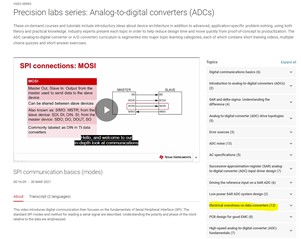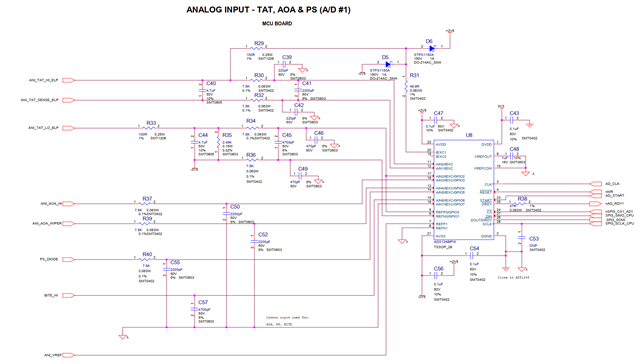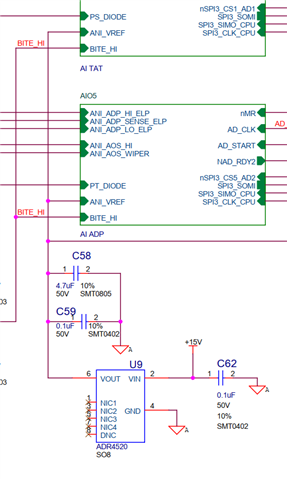Other Parts Discussed in Thread: STRIKE
Good day,
We use the ADS1248 in our design and the device is supplied with bipolar voltage of ±2.5V, IEXC1 excitation current is 1mA, and reference voltage 2.048V.
The max analog input protection on each channel are assured by either TVS5.0SMJ20CA, or VS-MBRS1100-M3/5BT, as shown in the schematic captures below:
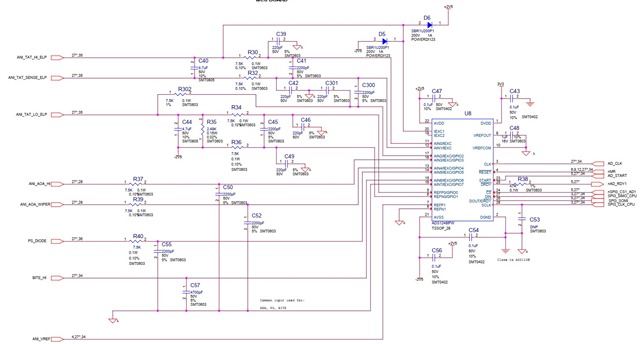
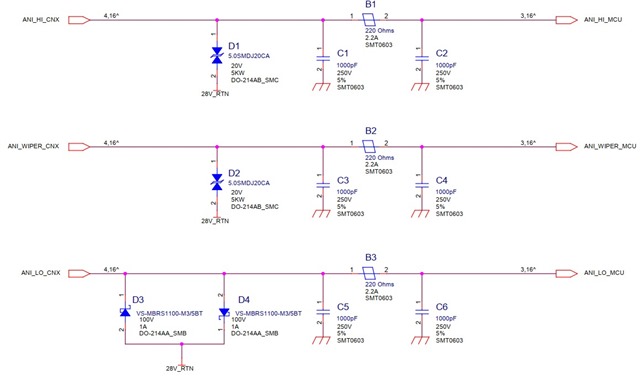
We're looking for advises from TI experts to see the correctness and adequacy of this implementation to protect the device from lightning transients Pin Injection Test Waveforms A, Level 4:
- Waveform 3, Level 4, VOC/ISC = 1500V/60A, DO-160G Figure 22-3, 1 MHz
- Waveform 4, Level 4, VOC/ISC = 750V/150A, DO-160G Figure 22-4
Thank you very much for helps.
Chuck.



